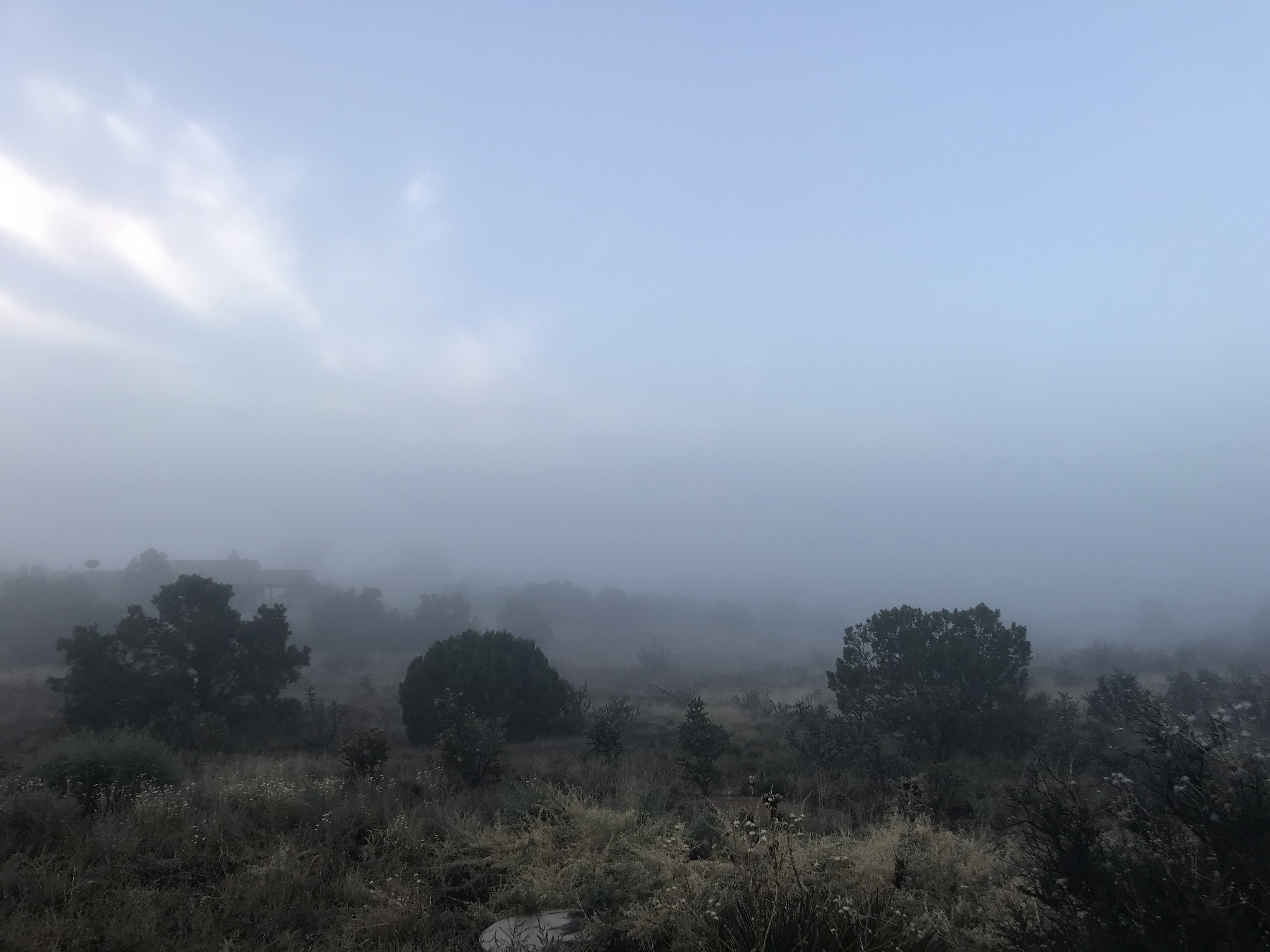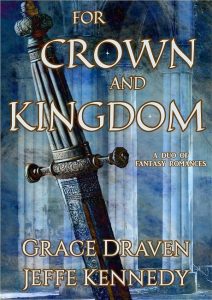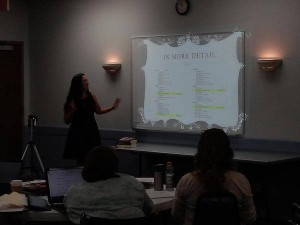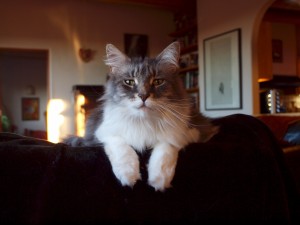
RITA ® Award-Winning Author of Fantasy Romance





So… this is *MY* big news this week. How about you all?
Tee hee hee!
Yeah, okay, I’m still in a daze, totally gobsmacked, and running about in this kind of gleeful haze where I whisper to myself, “My fantasy romance, THE PAGES OF THE MIND, finaled in Paranormal Romance in RWA’s RITA® awards!!!”
To unpack that a little, for those not familiar, RWA is Romance Writers of America and the RITA Award® is our premiere award for published books in the romance genre. (There’s also the Golden Heart, for unpublished works.) Because romance is an enormous umbrella with many subgenres, there are thirteen categories. “Paranormal Romance” is basically all science fiction or fantasy style stories with romance in the story arc. Yeah, it’s a polyglot of a subgenre, but there you are. With entries capped at 2,000, and every entry read and ranked by five judges, it’s a tremendous effort. It’s basically the Academy Awards for romance authors. The winners will be announced at the very glam awards ceremony at the Annual Conference, which will be in Orlando this year, July 22-29.
Okay! Moving on…
Our topic this week on the SFF Seven is on story structure, specifically asking the SFF Seven about the Denouement: How long do you spend wrapping up a novel? Come on over for my take.
 It’s been a great week for my duology with Grace Draven, FOR CROWN AND KINGDOM! I’m frankly astonished at the response and grateful to all of you enthusiastic readers. If you’d still like to pick up a copy, here are some linkys:
It’s been a great week for my duology with Grace Draven, FOR CROWN AND KINGDOM! I’m frankly astonished at the response and grateful to all of you enthusiastic readers. If you’d still like to pick up a copy, here are some linkys:
Amazon
Apple/iTunes
Kobo
Barnes & Noble
Now that the promo pony parade is wearing down for both this release and for THE PAGES OF THE MIND, which also released last week to the best rankings that series has seen so far (yay – thank you!!), I’m turning my attention back to book two in this new series I’m writing, The Sorcerous Moons. Book one, LONEN’S WAR, is done and I have an actual blurb now!
An Unquiet Heart
Alone in her tower, Princess Oria has spent too long studying her people’s barbarian enemies, the Destrye—and neglected the search for calm that will control her magic and release her to society. Her restlessness makes meditation hopeless and her fragility renders human companionship unbearable. Oria is near giving up. Then the Destrye attack, and her people’s lives depend on her handling of their prince…
A Fight Without Hope
When the cornered Destrye decided to strike back, Lonen never thought he’d live through the battle, let alone demand justice as a conqueror. And yet he must keep up his guard against the sorceress who speaks for the city. Oria’s people are devious, her claims of ignorance absurd. The frank honesty her eyes promise could be just one more layer of deception.
A Savage Bargain
Fighting for time and trust, Oria and Lonen have one final sacrifice to choose… before an even greater threat consumes them all.
Book two is called ORIA’S GAMBIT and it’s slow going so far. I’m working hard to keep from hitting Two Towers Syndrome, which is a common pitfall of second books in trilogies – and I’m over at Here Be Magic talking about what happens in that syndrome and how to overcome it.
 A couple of weeks ago, I had the fabulous and fun privilege of flying out to St. Louis to teach a workshop to the Missouri Romance Writers of America (MORWA). They asked me to talk about structuring a serial novel, largely because of this terribly geeky blog post I wrote about it. (I think that’s a data point right there when people ask if writing blog posts is meaningful at all. Just saying.)
A couple of weeks ago, I had the fabulous and fun privilege of flying out to St. Louis to teach a workshop to the Missouri Romance Writers of America (MORWA). They asked me to talk about structuring a serial novel, largely because of this terribly geeky blog post I wrote about it. (I think that’s a data point right there when people ask if writing blog posts is meaningful at all. Just saying.)
In order to explain my method of structuring a serial novel, I started with the basic structure I use to structure any work. We talked quite a bit about the Three-Act Structure, where Act 1 is the first 25%, Act 2 is the middle 50%, going up to 75% through, with Act 3 being the final 25%. As with many RWA chapters – and one of the things I love about RWA – the members ranged from newbie writers stretching their muscles for the first time up to award-winning pros. So, as I was going over this structure pretty fast, in order to lay the foundation for the rest, I threw out that you know you’ve finished Act 1 because all the stakes are set. And that a solid first 25%, done correctly, will prevent the middle of the book from “sagging” or losing momentum. If you’re having problems with the middle 50%, go back and look at the first 25% and make sure you truly set all the stakes.
One of the newbies put up her hand and asked what that meant, to have the stakes set. Always a good reminder to me that stuff I take for granted at this point isn’t second nature to others.
I explained that the first 25% should introduce the characters, who they are, what they want and why they can’t have it. Some talk about the Three-Act Structure being that you get your protagonist up a tree in Act 1, throw rocks at them in Act 2 and get them down again by the end of Act 3. Setting the stakes is getting your hero or heroine firmly up in that tree.
So, I’m back home and fully plunged into writing THE PAGES OF THE MIND, which is Dafne’s book, the fourth in my Twelve Kingdoms series. In order to meet deadline, I’ve set myself what is for me a fairly grueling pace of 2,200 words/day, six days/week. As I have a full-time day job, that’s about the most I can do consistently. Some days I do more in the time I have, some days considerably less. The considerably less days are the ones where I circle back and revise or add to previous scenes. (Adding is nearly *always* involved.) I write my books beginning to end, so I really hate circling back like that. It feels like I’m not making progress.
I was getting all frustrated with myself this week about it.
Guess where I’m at? Yeah – 26,000 words, which for those who don’t speak math, is right at 25% of what will probably be about a 105,000 word book. (Most novels are 80,000-120,000 words. Fantasies like this can be on the longer end of the spectrum.)
It hit me sometime yesterday, that OF COURSE I’m doing a lot of circling back, layering and tweaking. I’m setting the stakes for the rest of the book! Once my Act 1 is solid, the rest will fall into place more easily. I know this. I freaking taught people about this a couple of weeks ago.
How easily we forget.
I’m feeling much better now!
Speaking of The Twelve Kingdoms, we’re kicking off the blog tour (heh – I first typed “bog tour,” which isn’t nearly so fun) for THE TALON OF THE HAWK. Today there’s a very juicy excerpt – one of my favorite scenes! – at the Chosen by You Book Club. Let me know if you like it, too. Hee hee hee.
Also, the Science Fiction and Fantasy Writers of America (SFWA) is starting a bimonthly (every two months, not twice a month) newsletter of members’ new releases. I think it will be great! You can subscribe here.
Have a great weekend everyone!

I’m over at the lovely Eleri Stone’s blog today, geeking out over how I structured my serial novel Master of the Opera.
 The waxing moon was setting into an oncoming blizzard just at sunrise this morning. Amazing, swirls of cloud and color. I wish you all could have seen it.
The waxing moon was setting into an oncoming blizzard just at sunrise this morning. Amazing, swirls of cloud and color. I wish you all could have seen it.
Last week, B.E. Sanderson, frequent commenter here, had a post on her blog about finishing manuscripts. She’s been doing a lot of interesting posts lately aimed at aspiring writers. This one caught my attention because, hello! Star Trek and science references. I ended up commenting, too, which I don’t seem to do all that much of anymore.
I’ve become the blog-lurker your marketing-advisor warned you about.
At any rate, the discussion was about what to do when you hit that point in your novel where you just don’t want to write it anymore. Every writer has a place where this tends to happen – and for a lot of writers, it’s somewhere around the 30K mark. Worse, it’s very likely that you’ll be tempted at this point to pursue the New Shiny. You’ll get this Fabulous Idea for an even better novel. The temptation to ditch that 30K brick and write the New Shiny will be extreme.
And, if you do this, the New Shiny will be all kinds of rewarding. Until, oh, around the 30K mark. Then guess what?
Exactly. This is why so many hopeful authors have half-finished novels lurking on their hard drives.
I make this distinction, between a hopeful author and a publishing author, because – and I know this is simple logic, but here it is, just to be clear – in order to be a published author YOU MUST FINISH THE BOOK.
Yes, yes, yes – there’s a whole lot more to getting published than that. But we all know this is the first step. Nothing else happens without it.
So, here’s a little list of things to remember about finishing the book.
Now, get back to it!
 Tomorrow is Isabel’s 7th birthday, so this is her birthday portrait.
Tomorrow is Isabel’s 7th birthday, so this is her birthday portrait.
I’ve been working diligently on the Phantom story, laying down the words, working up the story. (I feel really hip saying it like that, like “laying down the tracks.” I’ve been kind of obsessed with Pitch Perfect and how songs mash-up. That, however, is probably a different, but related post.)
It’s been interesting because, as you may or may not recall, this will be an eSerial. The story will be broken into six parts, released 2-4 weeks apart. I’m surprised at how much this feels like a new form to me. Normally I set up my story according the classic three-act structure. If you aren’t familiar, that means the Act I climax occurs around 25%, the midpoint or story hinge around 50%, the Act II climax at 75%, Act III climax at ~90% followed by denouement and assorted wrap-up. The simplest explanation I’ve heard for the three acts is: get your protagonist up a tree, throw rocks at him/her, get him or her down again. With the Phantom story, I figured out my overall arc and then set up mini-arcs for each episode as well. It makes for an interesting rhythm.
Lest you think I actually plot things out ahead of time, however, let me disabuse you of that notion immediately. I don’t. I can’t, really. I’m a write-for-discovery kind of gal and I seem to be unable to figure out the story any other way. I’m at peace with that. The writers who extensively plot and outline ahead of time usually call this “pantsing” as in “flying by the seat of your pants.” I don’t much like this term. I think it says more about their fear of being out of control than anything salient about my method.
I was realizing, as I worked up this new structure, that this is like stretching canvas for me. I have painter friends and I love to watch them prepare canvas. One taught me how, so I could easily transport one of his paintings home and re-stretch it. They assemble the wooden frame to a particular size, choose the type of canvas they want, pull it tight over the frame and staple or nail it on. Then they add various gessos or other foundations, depending on their plans. (At this point I get fuzzy on the details.)
This is how setting up the story is for me: choosing the size, the foundation, with a sense of how it will eventually look. Then I paint the picture.
The other really cool thing I discovered is how my structures interweave. Oh look, I’m back to the mash-up thing. Guess it IS related. See, if you don’t know, a mash-up is when they take two or more different songs and weave them together. They might share a rhythm line and then the melodies work around each other, playing in counterpoint and blending, creating an entirely new song. Forgive me if I’m getting terms wrong, because I’m just not very good at understanding music. I *want* to understand, so I listen intently to this kind of thing, wanting to organically GET how this works.
An old boyfriend once cited the fact that I listen to the same songs over and over again as one factor in him dumping me. I can see that. But I also see how my tendency to get fixated on something like this also contributes to my understanding of other things. I didn’t get why I’ve been listening to the Pitch Perfect mash-ups on iPod over and over until just now.
My story is working the same way. Okay – if you hate math, leave now. But this is an example of what I found out. If I do 6 15K episodes, that’s 90K, give or take. That’s my overall frame. The Act I climax of the overall story takes place then around 22,500 words. That’s in the second episode. By the end of Act I, I should have my protagonist thoroughly up a tree – all the story clues and components should be in place. If I look at the internal structure of Episode 2, the midpoint, the story hinge, where things really change direction, occurs at 7,500 words into the 15K episode (halfway), which is at 22,500 words overall. Do you see? The overall Act I climax will be the SAME EVENT as the Episode 2 midpoint!
Isn’t that cool??
Just me?
If it were a musical mash-up, it would be that point where the two songs spiral up together and hit that came climactic note, for one harmonious moment.
We’ll see if it works like I hope it will. Off to paint in some images!